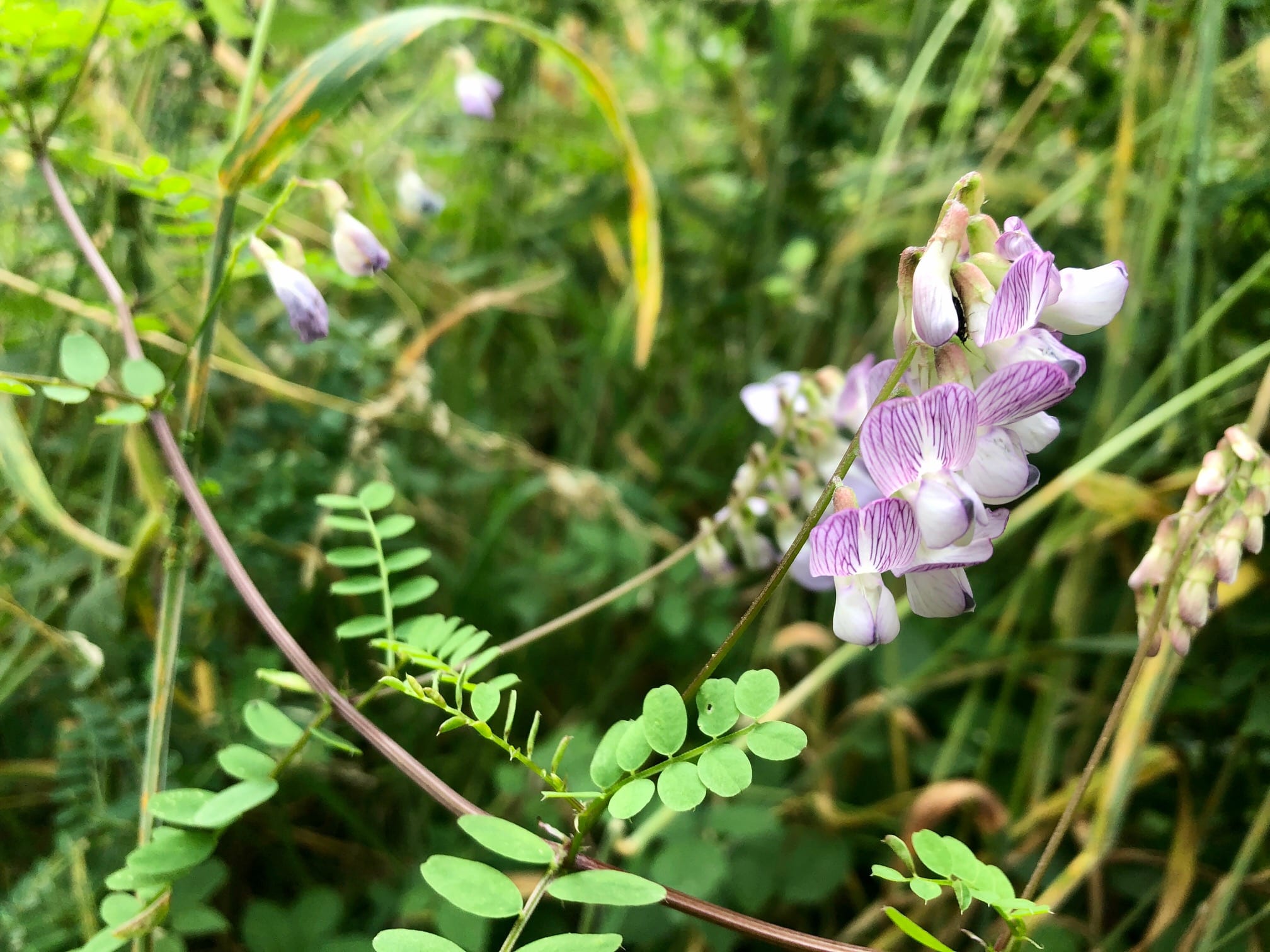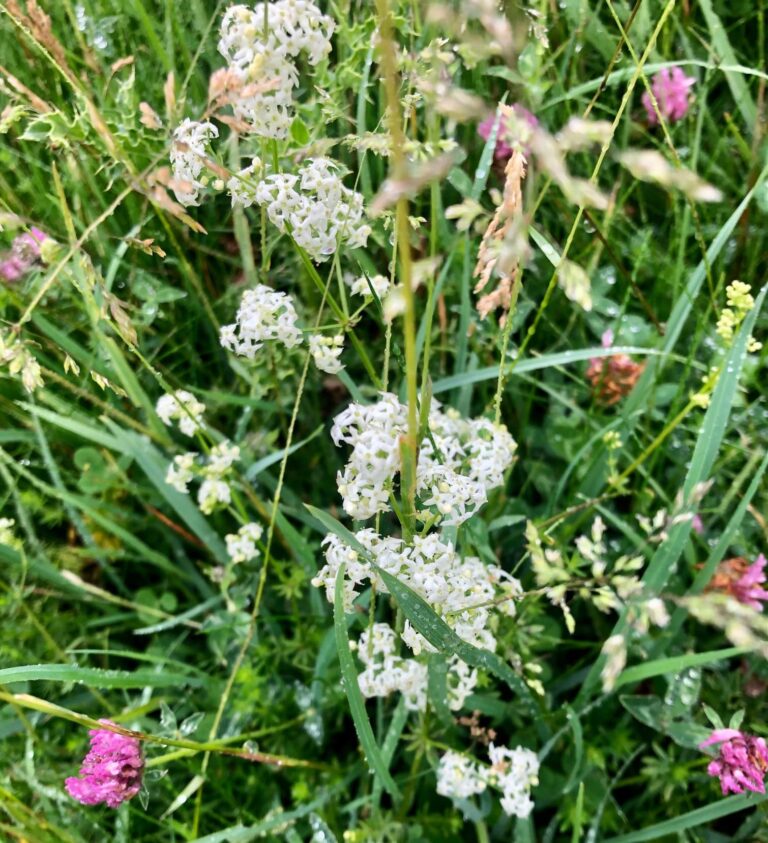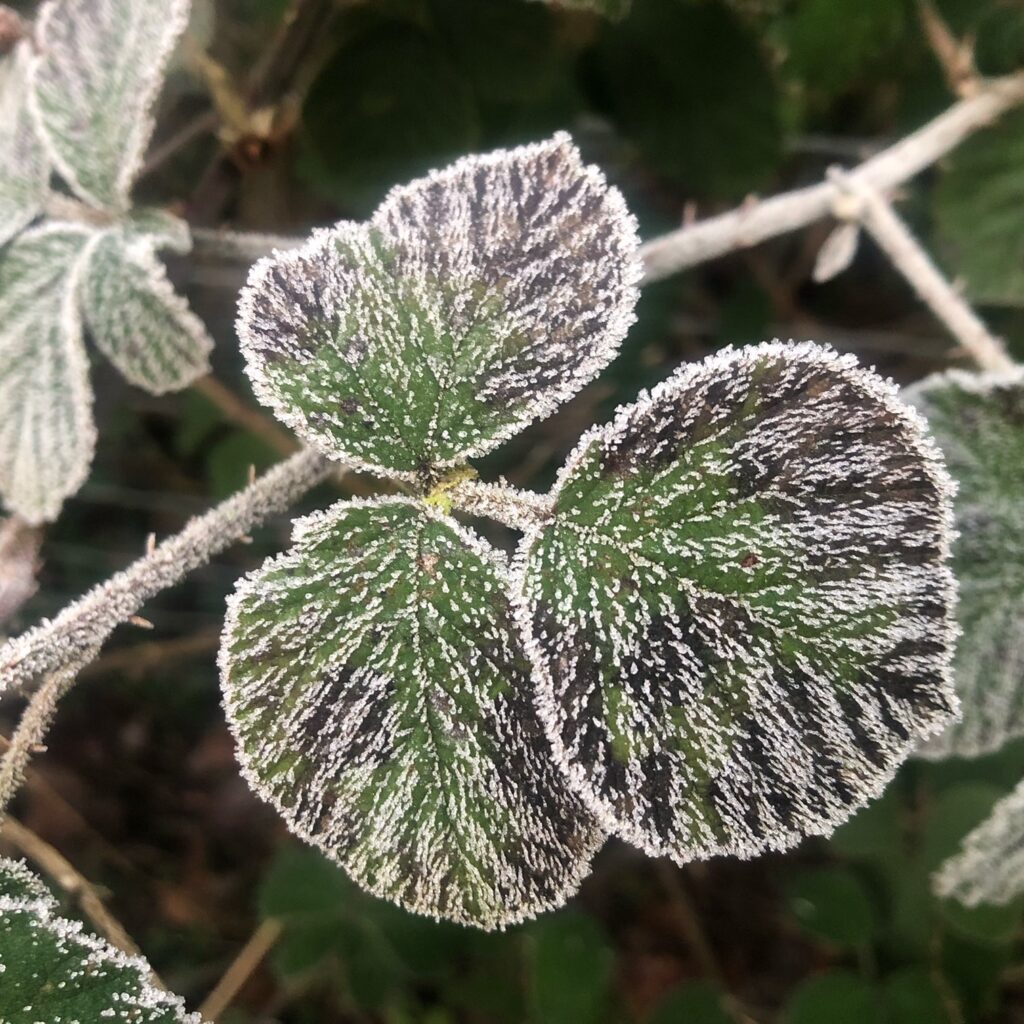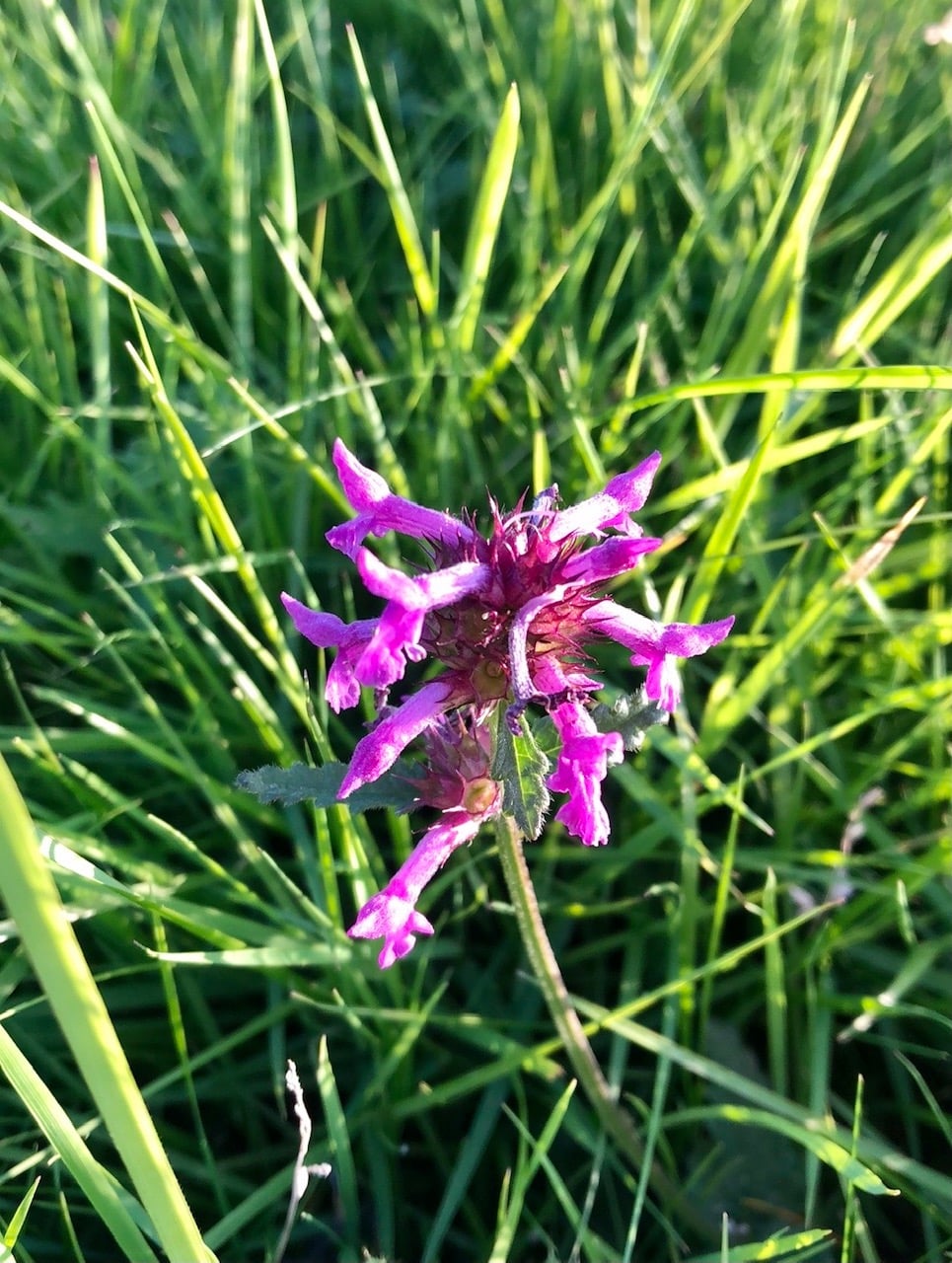
Wild flora and their associated medicinal properties have been interlinked for thousands of years. From Asclepius, hero and god of medicine (son of Apollo, father of Hygiea) whose snake entwined staff still represents healing today, to the Egyptians who were amongst the first people to document medical literature, to Paracelsus, that wonderfully controversial Renaissance figure, alchemist and physician who argued that the body was a chemical system which had to be balanced not only internally, but which also had to be in harmony with its environment. and finally to Mrs Grieve who first published her brilliantly researched and completely thorough ‘Modern Herbal’ in 1931.
While each of the above are subject to their own rules and laws and thoughts, the commonality between them is that they are linked by the appreciation of wild flora and the associated medicinal benefits – it is a wonderful notion that wildflora and its healing properties has had the power to unite thoughts across so many hundreds of years.


One of the many things that I find remarkable about wild flora is that, more often than not, their appearance, shape and colour correspond to the part of the body which requires treatment. This was termed the Doctrine of Signatures and stems from a very early belief which spread from culture to culture across the world and suggested that the Maker had devised them to be so for the benefit of mankind. Foxglove, (digitalis purpurea) with its perfectly heart shaped fruit is the original source of the heart drug of the same name, and all its derivatives. Dandelion, yellow in colour, can support the liver (bile is yellow). Comfrey, with it’s ‘knitted’ flowers is also known as ‘knit bone’ for its wound and bone healing properties. Despite the scepticism, it has, of course, gone on to inform contemporary medicine and there’s many a medicine which finds its root (no pun intended) in wildflora. I find this a complete marvel, remarkable, humbling, fascinating and, somehow it carries a resonance of truth.
Looking back at the Romans and Greeks and Egyptians and through folklore, it seems that we, as humans, had the ability to ‘sniff out’ what we may need as a medicine through our flora and fauna. (That said, I often wonder how many people must have fallen foul in the experimentation process along the way – perhaps caught out by a Deadly Nightshade or a Hemlock, mistaking them for something else, or even just trying the thing out.) Perhaps the trialing was animal instinct, or perhaps it is ratcheted up from a knowledge and understanding that we have on a much deeper level, but what is clear is that many an animal; cattle, sheep and dogs (and I’m sure many more animals but these are the only ones I have personally witnessed) still rely upon their instincts to sniff out cures for their various ailments. Sick sheep love ivy, all sheep love Ash, cattle can often be seen browsing hedgerows and trees and everyone knows about dogs eating grass when they’ve got an upset tummy.


It’s remarkable and of course asks much bigger questions about how these habits are learned and passed down through generations of animals. Yet, on the surface level, the most obvious conclusion to draw from it is that we, as animals just like sheep, cows and dogs, and as history before us and time immemorial has dictated, benefit and need wild flora to help support our health.



